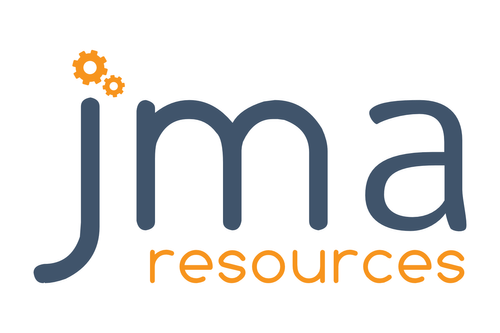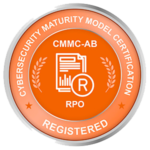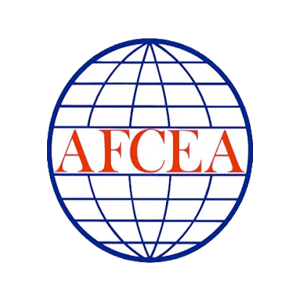Exploring the Advantages of Upgrading Legacy Systems: Why Application Modernization?
Outdated software systems often share a common trait: they are built as monolithic applications. These monolithic setups possess two key characteristics that underscore the importance of considering an upgrade: their resistance to updates and their inability to efficiently adapt to scaling demands.
The challenge with updating monolithic applications lies in their architecture. Since all components are bundled together, incorporating new features becomes a cumbersome and costly process due to the intricate web of complexity and integration hurdles.
Similarly, the task of scaling such applications presents significant difficulties and expenses. Even if a single component within the application experiences high loads or performance issues, the solution often involves scaling up the entire application just to accommodate that one demanding element. This leads to substantial computational resources being squandered in the process.
The remedy lies in the transition to a more contemporary architecture. This approach involves breaking down components into smaller, loosely connected modules that can be independently deployed and scaled. While this approach has its own unique challenges, it also holds the key to deriving substantial value from the process of upgrading and modernizing a software application.
Contact us today to explore the benefits of modernized application architecture. We can help you efficiently adapt to scaling demands, incorporate new features seamlessly, and maximize the value of your application upgrades. Dive into our associated use cases on application modernization to see how it can revolutionize your business. Don’t let outdated monolithic applications hold you back—embrace the future of software development with us.
